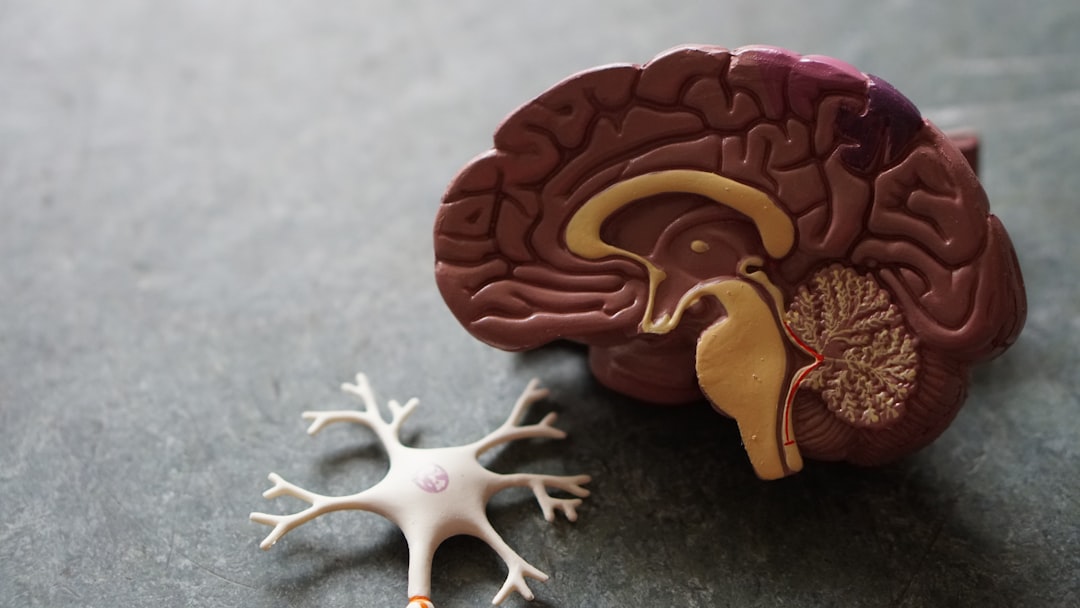What is it about?
The story is about the competition among the exchange bias effect, superferromagnetism, and nanopatternig. Usually, the magnitude of the exchange bias effect is inversely propotional to a thickness of a ferromagnetic layer. We decided to decrease it below the limit for continuous layer formation, ending up with and assembly of small superferromagnetic clusters. Moreover, we nanopatterned such systems in order to track the influence of nanostructuring process on magnetic properties revealed by such samples.
Featured Image
Why is it important?
In recent years, materials exhibiting exchange bias effect have gained a lot of attention because of their technological applications in the magnetic read heads, sensors and biosensors, spintronic devices, and as drug carriers. Besides the technological aspect, the studies of magnetic patterned structures are of scientific interest due to the fact that material properties can change depending on the geometry of a specimen.
Read the Original
This page is a summary of: Exchange Bias in the [CoO/Co/Pd]10 Antidot Large Area Arrays, ACS Applied Materials & Interfaces, September 2017, American Chemical Society (ACS),
DOI: 10.1021/acsami.7b07665.
You can read the full text:
Resources
Contributors
The following have contributed to this page










